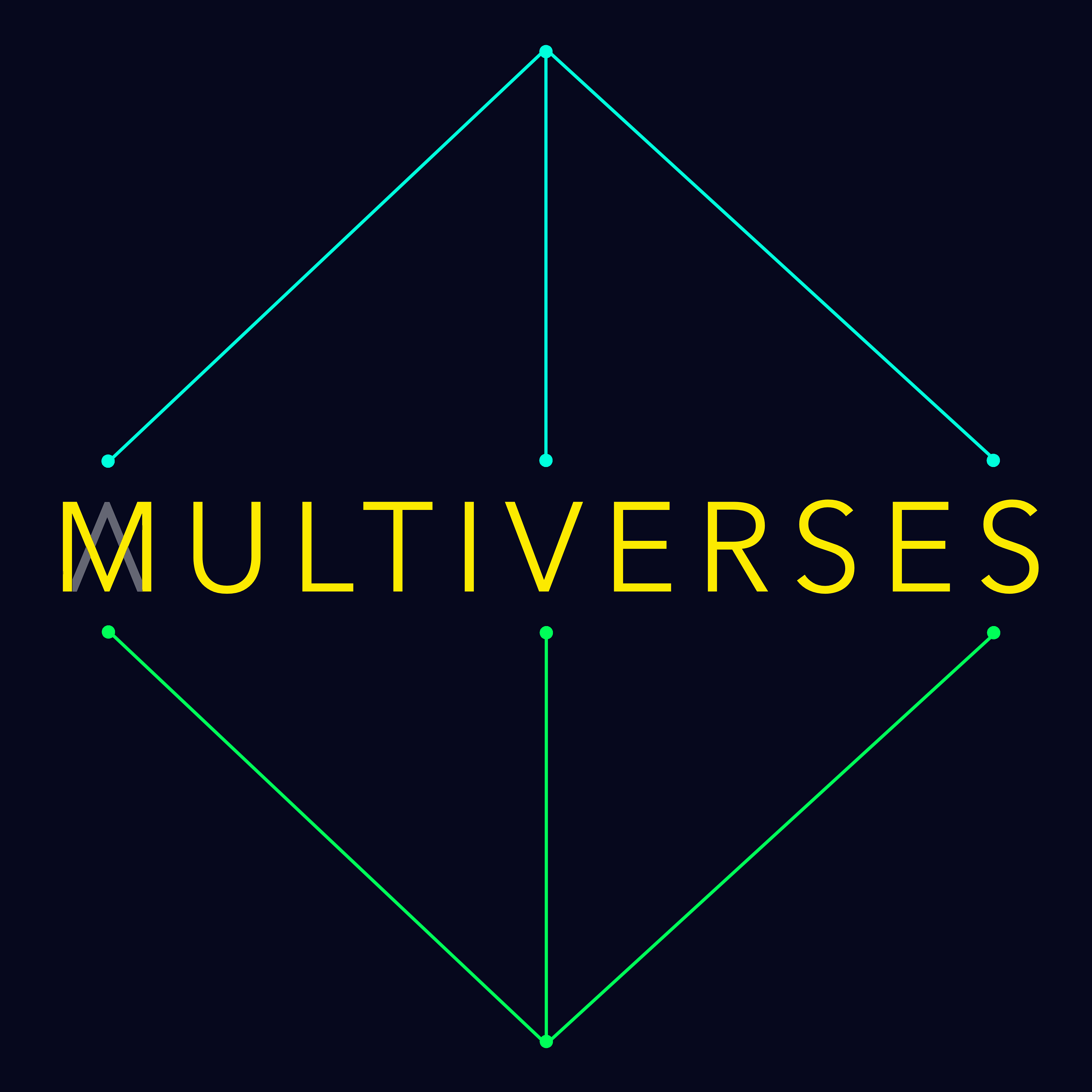10| Plants, Roots, Spirals and Palaeobotany — Sandy Hetherington
Description
Plants have transformed the surface of the earth and the contents of our atmosphere. To do this they've developed elaborate systems of roots and branches which (sometimes) follow uncanny mathematical patterns such as the Fibonacci sequence.
Our guest this week, Sandy Hetherington, leads Edinburgh's Molecular Palaeobotany and Evolution Group. They take a no-holds-barred approach to understanding plant development by combining genomics, fossil records, herbaria, and 3D modeling.
Dig in!
* Show notes: multiverses.xyz [https://www.multiverses.xyz/podcast/mv10-plants-roots-spirals-and-palaeobotany-sandy-hetherington/]
* Sandy's Twitter: @sandy_heth [https://twitter.com/sandy_heth]
* Hetherington lab Twitter @MPEG_Edinburgh [https://twitter.com/MPEG_Edinburgh]
* In New Scientist on (lack of) spiral forms in ancient plant leaves [https://www.newscientist.com/article/2378234-ancient-plants-leaves-didnt-follow-golden-rule-as-modern-ones-do/]
* BBC article on Herbaria [https://www.bbc.co.uk/news/science-environment-46374291]
* The Guardian on Sany's work on plant roots [https://www.theguardian.com/science/2018/aug/23/lost-worlds-revisited-the-hidden-life-of-plant-roots]
(00:00) Intro
(2:15) Discussion starts
More Episodes
It can be tempting to consider language and thought as inextricably linked. As such we might conclude that LLM's human-like capabilities for manipulating language indicate a corresponding level of thinking.
However, neuroscience research suggests that thought and language can be teased apart,...
Published 05/15/24
Published 05/15/24
Words. (Huh? Yeah!) What are they good for? Absolutely everything.
At least this was the view of some philosophers early in the 20th century, that the world was bounded by language. ("The limits of my language mean the limits of my world" to use Wittgenstein's formulation over the Edwin Starr...
Published 04/12/24


